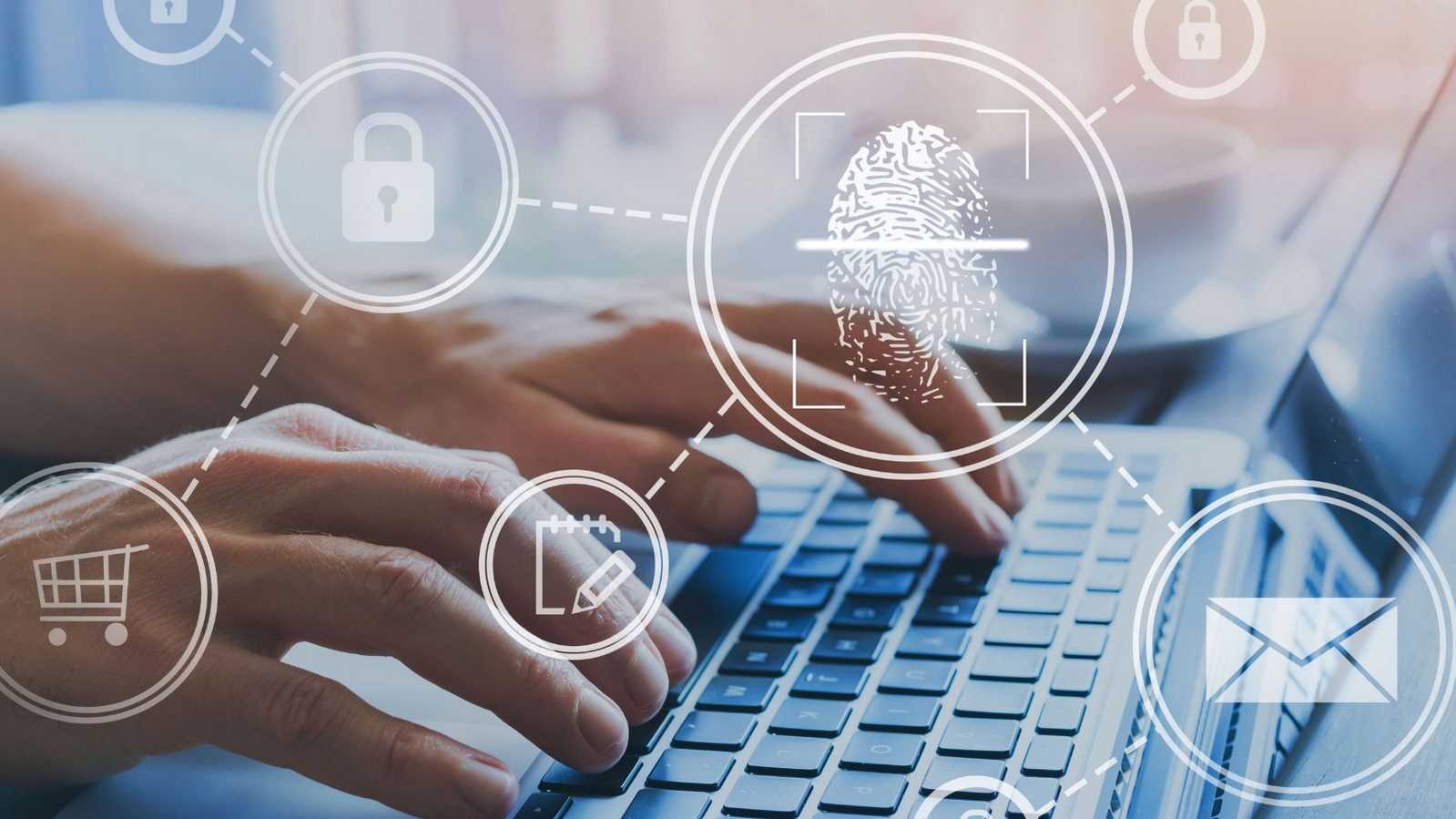We love a beautifully designed website or graphic (our COO attended RISD, so we are lucky to have some help with that!). The truth is – sometimes a site, a newsletter, or a PDF may be aesthetically pleasing, but not everyone can access or appreciate it.
More than one billion people have disabilities, and while technology innovations are moving at lightning speed and making it easier than ever to share information, sometimes accessibility gets lost in the dust. Global Accessibility Awareness Day was established to get everyone talking, thinking, and learning about digital access and inclusion.
As educators, it is our responsibility to take steps toward creating an inclusive environment for all learners. This means we must actively work to ensure our classrooms are accessible to everyone, regardless of their physical or cognitive needs. Let’s explore some changes you can make to promote accessibility and inclusion.
Content Formatting
First and foremost, it's important to consider the format of your content. Many students with disabilities rely on assistive technology to access information. This may include screen readers, text-to-speech software, or magnifiers. To ensure your content is accessible, consider providing multiple formats for your materials. This might mean providing transcripts of your lectures, closed captions on your videos, or alternative text for your images. Jeff Horwitz shares a few ways to ensure your content is accessible:
- Present your content with captions so learners can follow along, Google Slides allows you to present with live captions.
- Record your lectures with zoom and invite a transcription tool like Fireflies.ai. This tool will record your session and automatically generate a transcript which your students can then use with a text to speech reader or to translate.
Thanks to AI, automatic speech recognition (ASR) continues to improve - making the option to provide captions easier and cheaper (if not free!) But its accuracy is not at 100%. It’s easy to post a video, turn on captions, and hit post, but it is worth taking the extra step to check your captions for accuracy before going live. 3Play Media cited that for captions to be accessible and legally compliant, they need to be 99% accurate, the industry requirement for accessibility. While there has been improvement across industry leaders, even the best engines perform well below 99% accuracy, indicating a continued need for human revision.
Use Accessibility Checkers
An upside to the pandemic has been the magnifying glass put on the lack of accessible formats in online environments, which has forced many companies to implement accessibility checkers as a way for people to review their work and highlight errors within documents and websites. GAAD offers a list of resources to check your work. As frequent users, we’re also fans of these info sites too: Zoom, WebAims Word and Powerpoint checker, Canvas accessibility checker.
Be an Influencer
Make your content accessible, and then sing your praises. No, really! If you are sharing a document or a video in a meeting, for example - call out what you did to make it inclusive by adding captions, posting it on YouTube so people can translate the captions if needed, etc. - invite others to do the same.
A great way to spread knowledge is by passing it on to our learners. Add an accessibility component to your rubric for your next assignment. Ask students to ensure that the artifacts they create are designed for accessibility. Ask them to share how they checked it, what they considered, etc.
Practice, Practice, Practice - the more steps you take towards inclusivity - the more it becomes a part of your routine. For example - don’t limit these actions to your work life - do it all the time. If you are making a video to post on your stories - caption it. Trust me - your friends watching the video at night in bed or while sitting on the train will thank you too!
By making simple changes to our content and environment, we can create a more inclusive learning environment that benefits all learners. And remember, what is good for some, is beneficial to all.
Note: Inclusive practices are on our mind all the time but we still make mistakes! If you encounter anything on our site that needs an update - let us know!


